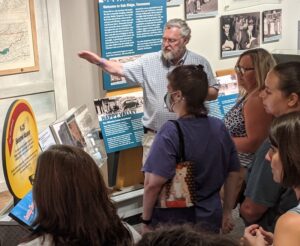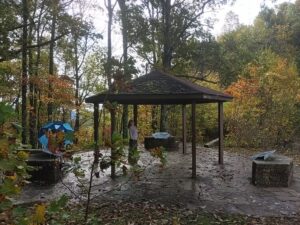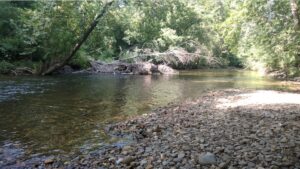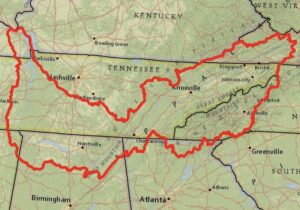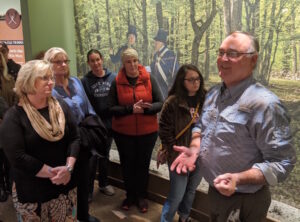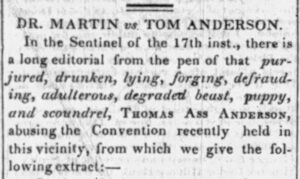Every Wednesday afternoon in February and Thursday afternoon in April, Tennessee History for Kids will host a 2-hour inservice for teachers. Zoom inservices are free and run from from 4 to 6 p.m. Central Time (5 to 7 Eastern). As always, attending teachers will receive a certificate showing two hours of professional development.
We had successful events on Feb. 7, 14 and 21. Here’s are the remaining events:
FEB 28:
Tennessee during World War II and the Manhattan Project
Part One: Ray Smith, the official historian of Oak Ridge, was formerly employed at the Oak Ridge National Laboratory, and today he does group tours there. In this presentation, he will explain the story of the Manhattan Project, how it affected countless individuals and how it changed Tennessee and world history.
Part One: “History” Bill Carey will do an overview of how Tennessee changed during the war in big ways and small ways. For instance, sugar and gasoline were rationed. There were thousands of German prisoners of wars in camps in about half a dozen parts of the state (and you won’t believe how well they were treated.) Also, much of Middle Tennessee experienced war maneuvers, and thanks to MTSU, there is an on-line collection of photos from them that you can show your class.
Click here to register for the Feb. 28 event on World War II in Tennessee.
THURSDAY, APRIL 4: Tennessee Geography: Not What You Thought
Part One: History Bill will explain the stories behind the state’s borders. However, SPOILER ALERT: The northern border isn’t straight at all, but should be. The southern boundary is off by a mile (which really angers the folks in Georgia). Everyone thinks the western boundary is the Mississippi River, but it’s not, and not even close. As for the eastern boundary, you might think that it’s where the watershed is, but it’s not.
Part Two: History Bill will explain some bizarre and unexpected things about Tennessee geography. For example, Neyland Stadium is not a “Rocky Top” at all. The Tennessee River grew longer in 1890 because geographers said so. Clemson, South Carolina, is further west than Johnson City, Tennessee;. There are a whole lot of caves in this state. And there is a river in Tennessee that the state refuses to acknowledge, etc.
Click here to register for the April 4 inservice on Tennessee Geography.
THURSDAY, APRIL 11: (Tentative) A Civil War Event (Details to be worked out)
THURSDAY, APRIL 18: TVA and the History of the Tennessee River
Part One: History Bill will go deep into the story of the wild, untamed Tennessee River that existed before TVA — a presentation that will include the Cherokee, early Tennessee history, the Civil War, and more dam building in the early 1900s than most people realize.
Part Two: TVA historian Pat Ezell will explain how the Tennessee Valley Authority started, was built, and transformed the Tennessee Valley with dams, flood control, 9-foot currents, economic development, cheap electricity and other programs.
Click here to register for the April 18 inservice on TVA and the Tennessee River.
THURSDAY, APRIL 25: Sequoyah: His Life and Times
Part One: Sequoyah may be the most famous Cherokee Indian of all time. He is also the only man in world history to invent a syllabary without first knowing another written language. But how much do we actually know about the man? In this presentation, Charlie Rhodarmer (the director of the Sequoyah Birthplace Museum in Monroe County) sifts through truth, educated guesses and conjecture about the Tennessean who invented a written language but never wrote down his own story!
Part Two: The Early 1800s: What Do We Really Know About This Era?
This presentation will look at the years 1800 to 1840 in a different way. It reveal how land grants caused American Indians to leave, how stagecoaches worked, how people insulted each other; how unhappy married couples got divorced; how towns were organized; and what banks and newspapers had to do with the spread of slavery. This is life in the era of Sequoyah, and the revelations about this era will amaze you.
Click here to register for the April 25 inservice on the Life and Times of Sequoyah.
